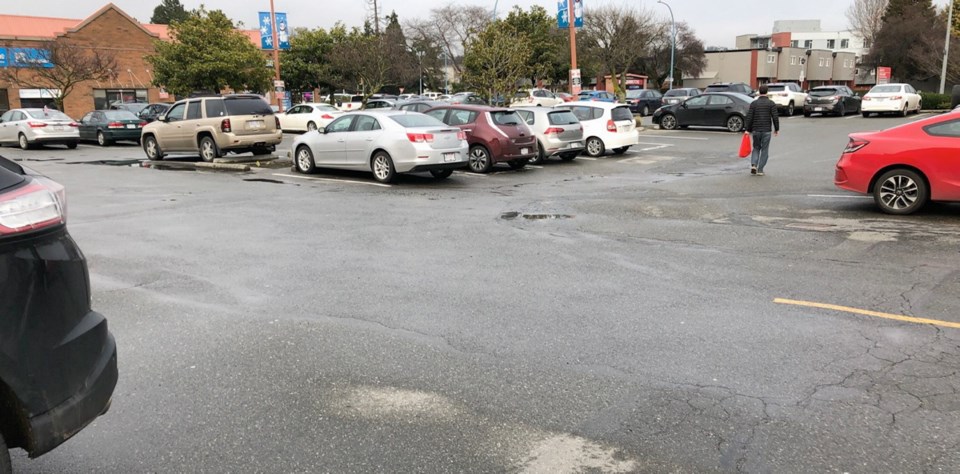A commentary by an advocate for more affordable housing and more efficient transportation.
Re: “Why fields shouldn’t be covered with artificial turf,” comment, Jan. 24.
Stop picking on young athletes! There is too much criticism of artificial-turf sports fields and too little attention to the real environmental threat: Excess pavement.
Let’s put this into perspective. Our entire region has about a dozen artificial-turf sports fields, representing a tiny portion of our total land area. These fields are in constant use, providing fitness and fun to countless athletes. That’s a good use of land.
In contrast, there are about four government-mandated parking spaces per automobile, totalling more than 2,000 square feet of pavement per vehicle.
More than 10 per cent of our total urban land area is paved for roads and parking lots. Many of these spaces are seldom used. This is costly, harmful, unfair and unnecessary.
Parking minimums in our zoning codes force property owners to subsidize parking without regard to financial or environmental costs. For every dollar a motorist spends on their car, they expect somebody to spend another dollar to provide parking for their vehicles. We bear these costs indirectly, through taxes, rents and higher prices for other goods.
Parking lots degrade the urban environment. They increase traffic congestion, accidents and pollution problems, and make housing unaffordable.
They force lower-income households to subsidize their wealthier neighbours. No wonder we have traffic problems — free parking is a fertility drug for cars.
Parking minimums make driving convenient. That is an outdated goal.
A sustainable transportation system encourages travellers to use the most efficient mode for each trip: walking and bicycling for local errands, public transit when travelling on busy urban corridors, and driving only when it is truly optimal, considering all impacts. Free parking distorts this, resulting in far more driving than necessary.
Many jurisdictions are eliminating parking minimums. Without mandates, property owners can decide for themselves how many parking spaces to provide, based on user demands. They generally provide fewer spaces, which are managed for maximum efficiently.
For example, rather than a store, an office and a restaurant each having its own parking lot, they share a smaller number of spaces.
Motorists must pay more and walk farther, but parking is always available.
Driving is a privilege, not a right. Motorists can use public roads, provided they are safe and courteous, but they shouldn’t expect others to subsidize their expensive parking facilities.
Let’s prioritize people over cars: more green space and less pavement.
> For more information, see Cities for Everyone, online at citiesforeveryone.org



